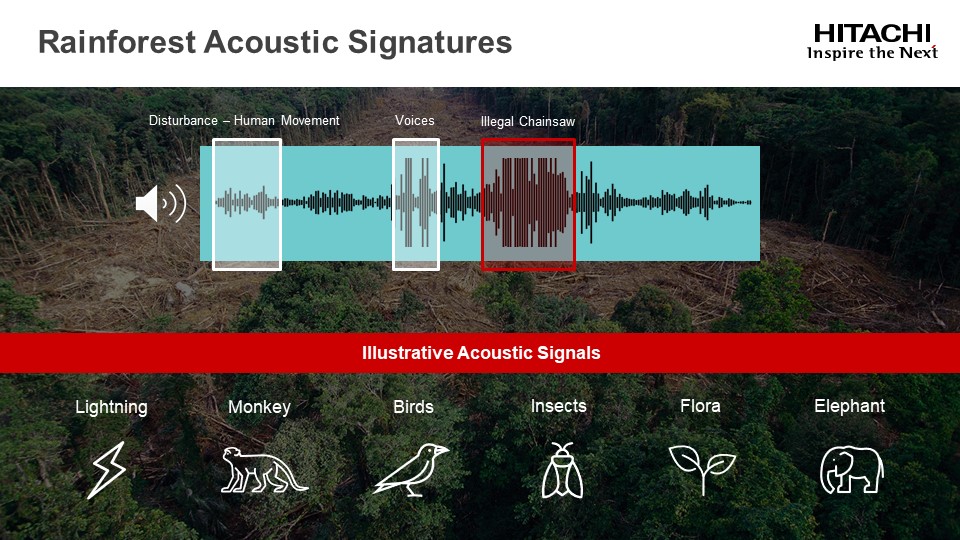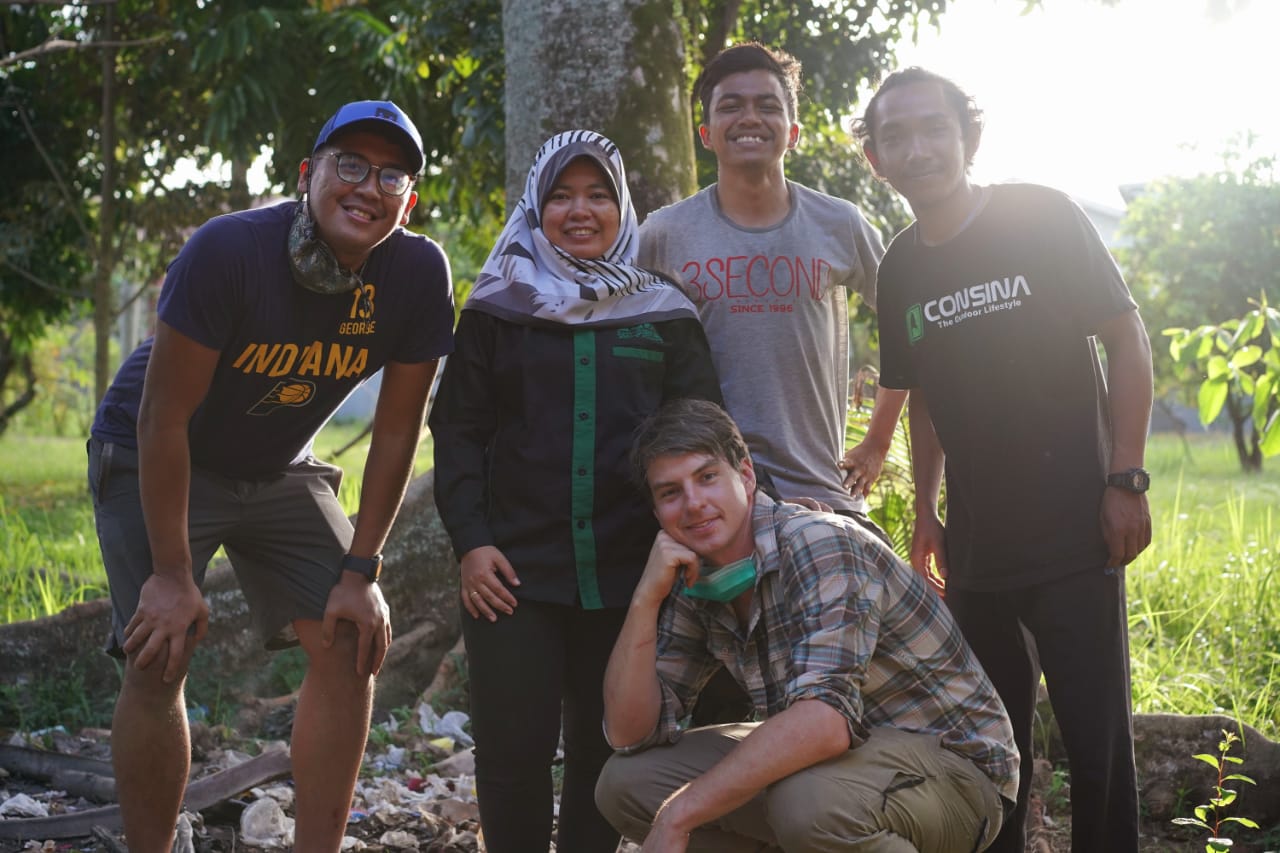
Every two seconds, an area of rainforest the size of a football field is destroyed. That’s a huge problem. But what’s that got to do with you or I, if we don’t work in conservation?
What can technology do, or I do myself as a humble data scientist (writes Tom Christensen, CTO Northern EMEA at Hitachi Vantara) to turn the tide on such a sizeable challenge?
The first thing to note is that even if you don’t live in Sumatra, Peru or Brazil, deforestation is a problem that has far-reaching consequences. It accounts for 10% of all worldwide carbon emissions, which makes it a major contributor to global warming. And as we all know, global warming isn’t something we can ignore, no matter where we live.
Listening, learning and acting
Tech is a powerful tool. It can be used for good with the industry constantly evolving the way that it can solve problems. Look at data specifically. Many people think of data in terms of enabling factories to increase productivity, or even giving insights to help us get fitter or smarter. But it can be so much more than that. In the digital age, data is the lifeblood of discovery. That means it can be a powerful tool to help humanity to prosper from an environmental point of view as well as economically. We just need to apply our creativity to use data to make our planet a better place to live.
We work with Rainforest Connection, a non-profit organisation that uses real-time data to combat deforestation and poaching. 90% of rainforest deforestation is attributed to illegal logging. This threatens not only some of the most nature-rich forests in the world but deprives the economic livelihood of local communities as well. In order to help protect the environment and diverse wildlife, while working alongside the local community, Hitachi Vantara built algorithms that create a baseline of rainforest sounds. A bio-acoustic signature.

Rainforest Connection was already doing great work in using devices called “Guardians” that are installed high in the rainforest canopy, to listen out for early signs of illegal logging and report these to local rangers who can take action. The problem was, it could take up to 14 days for rangers to act because they were responding to activity that was already taking place.
That’s where the algorithms and bio-acoustic technology come into play. As you might imagine, before an illegal logger starts up their chainsaw, they send people out into the forest to scout locations. And what happens in a rainforest when something is in that environment that the animals do not recognise? The sound of the rainforest changes so does the bio-acoustic signature - species that are typically quiet send alarm calls and species that are typically vocal go quiet. Relying on the natural sounds of the forests and the data collected by acoustic sensors, it is now easier to spot deviations from the baseline. This helps detect anomalies and predict with 96% accuracy, up to five days in advance, when the chainsaws are going to start rumbling. This allows local rangers to act quicker and get a head start in stopping loggers from destroying protected rainforests.
Ultimately, these earlier detection capabilities with support from local rangers, can help save even more trees, animals and sustain natural carbon capture. In addition, there have been improved response times for rangers by up to 35%, with potential to avoid around 20 tonnes of Co2 emission with every “Guardian” monitoring a 3km square space.

What’s interesting is that it’s not only the rainforests we can protect. In the fight for the environment, these algorithms and bio-acoustic technology can be applied across some of society’s most pressing issues, for example, saving our oceans from illegal commercial fishing.
It isn’t just talking about the issues that is important, it’s taking action and collaborating on solutions that carry the most weight. Working together is key because environmental challenges need urgent solutions.
Things can change for the better when we stop thinking about environmental issues as an insurmountable task that we can’t do anything about. Yes, the numbers are big but by the same token, because of the scale of the problem, we can’t leave it for someone else to deal with. There has to be a shared responsibility whereby we all play our part.
